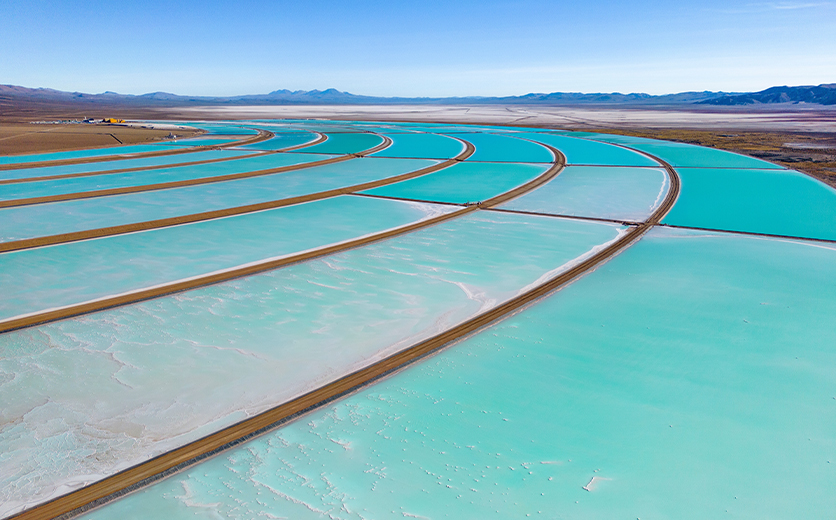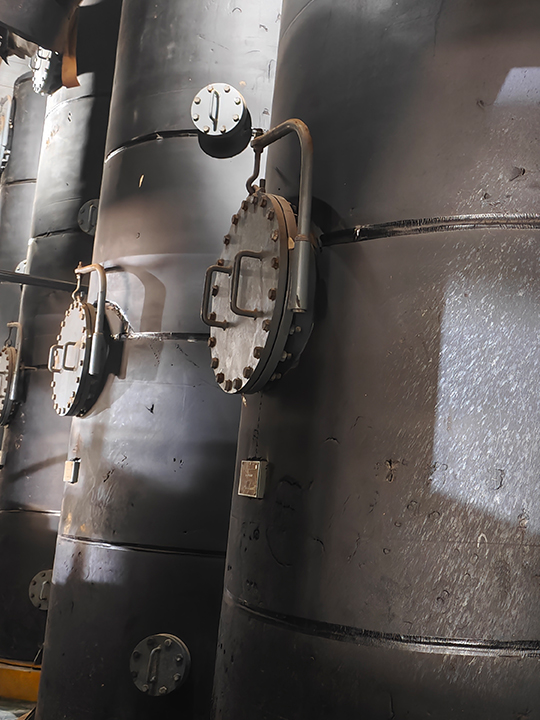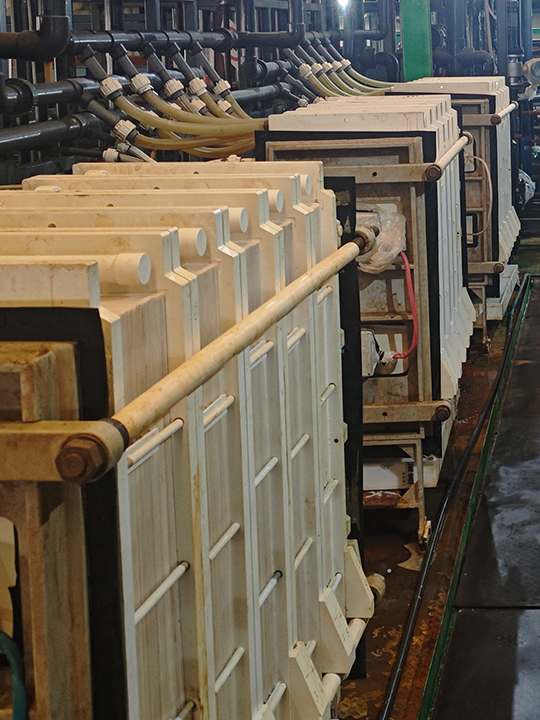Business Layout


Lithium carbonate can be used in the production of lithium compounds, enamel, and glass, serving as a raw material for lithium compounds and metallic lithium. It can also act as an additive in aluminum electrolysis baths. Lithium carbonate is widely used in industries such as glass, ceramics, pharmaceuticals, and food, and is also applied in synthetic rubber, dyes, semiconductors, defense, televisions, nuclear energy, catalysis, and medicine. It is used for producing acoustic-grade and optical-grade single crystals and has applications in treating manic mental disorders and manufacturing sedatives. Battery-Grade Lithium Carbonate: Mainly used to produce cathode materials for lithium-ion batteries, such as lithium cobalt oxide, lithium manganese oxide, ternary materials, and lithium iron phosphate. High-Purity Lithium Carbonate: Mainly used to produce high-end lithium-ion battery cathode materials and battery-grade lithium fluoride. In optoelectronics, high-purity lithium carbonate is used to produce lithium tantalate and lithium niobate. It is also applied in specialty optical glass, magnetic materials, supercapacitors, and the pharmaceutical industry.
Lithium carbonate, a common lithium-ion battery raw material, is mainly produced from salt lake brine (the ore-based method has high costs and limited global capacity). Therefore, large-scale lithium carbonate production requires access to salt lakes with substantial lithium reserves, creating a high resource barrier for the industry. Moreover, most global salt lake resources are high-magnesium, low-lithium brines, and extracting lithium carbonate from such brines is technically challenging. Previously, these technologies were controlled by a few foreign companies, creating a high technical barrier and resulting in a global oligopoly in the lithium carbonate industry. Zangge Mining Co., Ltd., the second-largest potash producer in China, holds 1,700 km² of potash mining rights in Chaerhan Salt Lake. The low-concentration lithium ions contained in the old brine discharged during evaporation of crystal brine in the eastern mining area are equivalent to 1.74 million tons of lithium carbonate, showing huge development potential.

The adsorption-based lithium extraction technology used is simple to operate, cost-effective, produces high-purity products, and maintains strong process stability. It does not require stringent magnesium-to-lithium ratios in the brine. This technology is the first of its kind in China.

The project employs simulated continuous-bed technology, commonly used in biochemistry. This reduces the amount of adsorbent by 50% and increases lithium recovery to 80%, significantly lowering construction costs.

The project began construction in June 2018 and produced its first output on December 20, 2018. The first batch of products met battery-grade lithium carbonate standards.


Official Account

Investor Relations Account

Recruitment Account

 Reporting Hotline:+86-028-89992276
Reporting Hotline:+86-028-89992276
 Reporting Email:jc@email.zanggekuangye.com
Reporting Email:jc@email.zanggekuangye.com
 Mailing Address:Audit and Supervision Office, CAG Mining Co., Ltd., 19th Floor, Building 2, No. 1199 North Section of Tianfu Avenue, Chengdu High-tech Zone, China (Sichuan) Pilot Free Trade Zone, 610041
Mailing Address:Audit and Supervision Office, CAG Mining Co., Ltd., 19th Floor, Building 2, No. 1199 North Section of Tianfu Avenue, Chengdu High-tech Zone, China (Sichuan) Pilot Free Trade Zone, 610041
Scan with WeChat